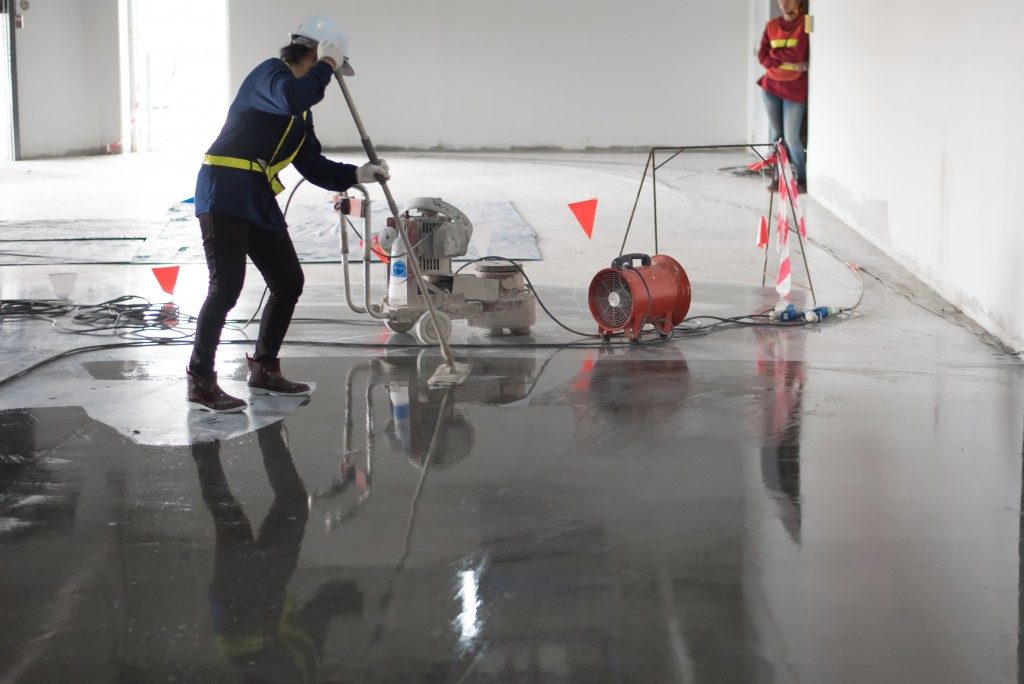There are now several material options for floors. Wooden floors are among the most popular owing to their aesthetic benefit and durability. Hardwood floors are the go-to option for property owners looking for a flooring solution which radiates tradition and classic indoor warmth. Lines, however, tend to be blurred when talking of hardwood floors. There are three primary types of hardwood floors including solid hardwood, engineered wood, and laminate. Solid hardwood comprises 100% natural wood while engineered wood comprises thin veneers of hardwood covering thick plywood layers.
Laminate flooring for Orange County properties resembles hardwood since its top coat is a photographic copy of solid hardwood. The majority of this floor comprises resins and wood pulp. Though not as durable as solid and engineered wooden floors, laminate floors are inexpensive. Most people who opt for other flooring options cite the high maintenance of hardwood floors as their reason for this. These floors are however protected with different finishes to avert their damage from various elements. One of the leading products for hardwood floor protection is a polyurethane finish. Here are the polyurethane finish types used for your floors’ protection.
Oil-Based Polyurethane
This combines synthetic resins, plasticizers, and other protective ingredients. It provides an easy-maintain option for your wooden floors. Oil-based polyurethane finishes take about eight hours to fully dry and form a water-resistant floor surface. You will, however, wait for not less than 48 hours to walk on the finished floor and should only place furniture on the floor after four days. This finish is inexpensive and extremely durable making it the leading alternative for commercial floors and high-traffic residential floors. Moreover, an oil-based polyurethane finish has a slight yellowish tint and will hence yellow as it ages. The finish, however, has a strong odor and high VOC levels.
Water-Based Polyurethane
This type of finish will resist yellowing and forms a clear shiny coat on drying. Water-based polyurethane comprises plasticizers, and synthetic resins and has low VOC levels and odor. You should not wax a floor with water-based polyurethane finish since this dulls its look. The finish is applied in 2-4 coats a few hours apart, and you can walk on the finished floors within some hours and place furniture after 48 hours. Scratches and blemishes are however highly visible on water-based polyurethane- finished floors.
Moisture-Cured Polyurethane

This is an extremely tough product used primarily for bowling alleys in the past. It resists scratches, moisture, and general wear exceptionally well. Since it is cured by moisture, the finish is ideally applied in humid areas. Moisture-cured polyurethane is however quite difficult to apply and has high VOC levels.
Oil-Modified Polyurethane
This allows the movement of your timber after its application and thus averts splitting of the floor edges and boards. It is a mix of film-forming ingredients, synthetic resins, and plasticizers. Oil-modified polyurethane is, nonetheless, costly and generally a preserve of sports floors.
The above polyurethane protective finishes come in three gloss levels; high gloss, semi-gloss, and satin. This allows you to get a finish which matches your rooms’ overall design and does not dull your wooden floor’s look. Susceptibility to scratches and blemishes should thus not hinder you from investing in quality wooden floors.

